Although it was published back in 2006, the DfES publication ‘Schools for the future: designing school grounds’ still stands as the definitive guide for creating modern playgrounds. The intention of the DfES, then and now, is for schools to increase opportunities for safe, challenging and collaborative play and the aim of the guide is to provide best practice in doing so. In this post, we’ll look at the DfES expectations for school playgrounds and give some ideas for the types of equipment that can help you meet them.
The theory behind the DfES strategy
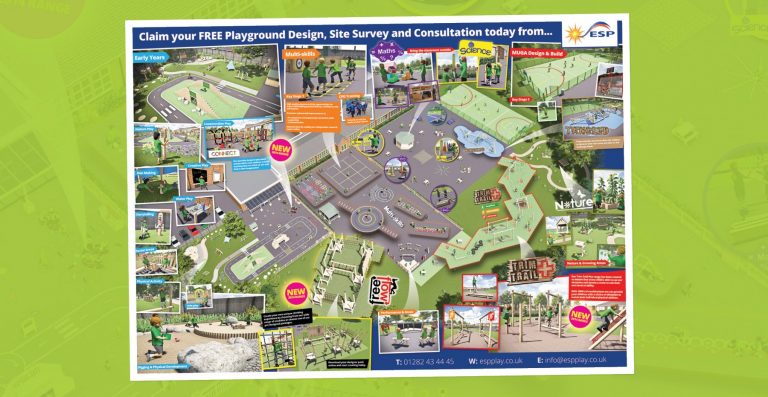
At the time of publication and, perhaps, even more so today, children have few opportunities to participate in play that is safe, challenging and collaborative. The DfES’ concern is that this can lead to physical and mental health problems as well as social and behavioural issues. The belief is that, by improving playgrounds, schools can raise achievement and self-esteem, improve health and behaviour, and help children develop a wider range of important skills.
Play is crucial to pupils’ learning and development. It enables children to discover things about themselves, others and the world around them. According to the DfES guide, a well-designed school playground should give children the opportunity ‘to learn through experimenting, taking risks, undertaking challenges and finding out where their limits lie.’
The varied playground landscape
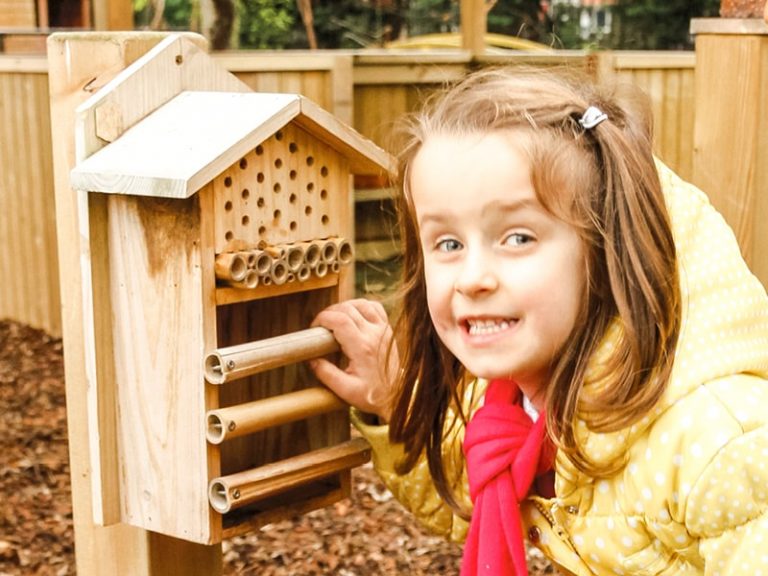
One of the primary elements of best practice design called for by the DfES is for schools to create playgrounds with a varied landscape. They should be safe, comfortable, and welcoming places where inventive boundaries are used to create a range of inspiring activity zones that cater for the needs of different pupils.
One of these zones should be a green nature and garden area where plants can be grown and where pupils can even get involved in the gardening process, perhaps by using the many planters which are currently available. Another key zone is the outdoor classroom, which should be a place for active learning as well as for sitting and writing. With a wide range of curriculum based playground equipment available, it’s easier than ever to meet this design expectation.
Places for challenge and risk
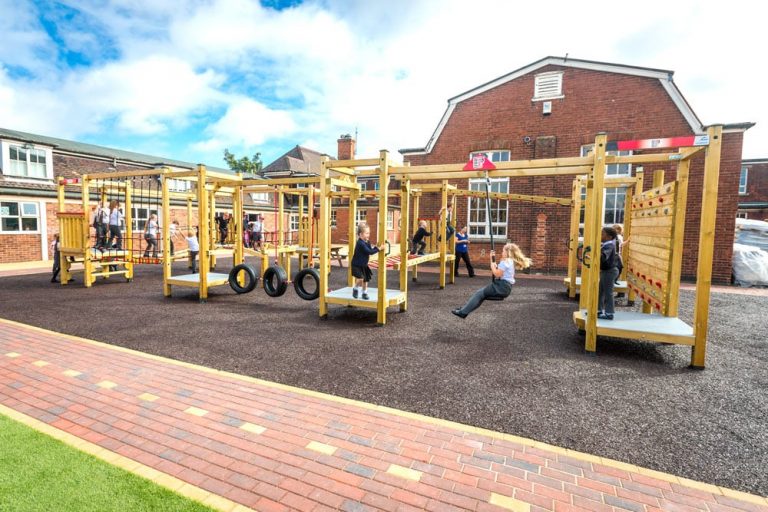
Challenge and managed risk are critical for child development, especially in early years. And while the DfES acknowledges the importance of safeguarding and the need for risk assessment, the guide states that this shouldn’t stop pupils ‘experiencing adventurous and creative play.’
Luckily, there is a lot of equipment for schools seeking to create adventure zones where children can challenge and manage risk safely. These include Trim Trails, where you can build your own obstacle course with balance beams, dip bars, stepping poles, clamber under and over obstacles, leap frog posts, jungle bars, wobbly bridges, log climbers and a wide range of other pieces.
Other excellent challenge and risk equipment includes the modular Free Flow climbing system. While this has similar challenges to the Trim Trails, its design means all the different elements are combined into a single piece of apparatus. In addition, there are imaginatively challenging rope based Tangled products and a range of fun play towers and climbing walls.
The guide goes on to mention the usefulness of ‘play equipment that is versatile and can be adapted’. One of the best systems for this is the Interchangeable Trim Trails. With easy to use interchangeable components, schools can modify the course of the trail as often as they wish, increasing or decreasing the challenge for each item of equipment.
Places for physical activity
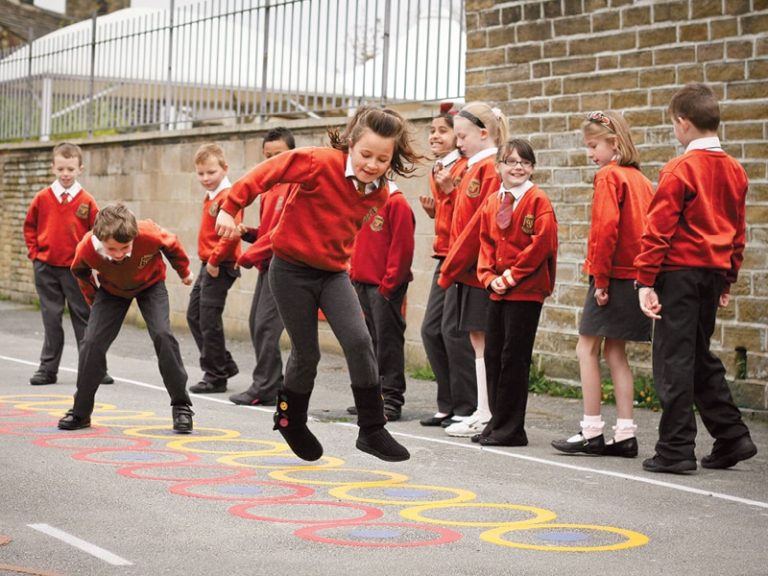
Other expected design elements
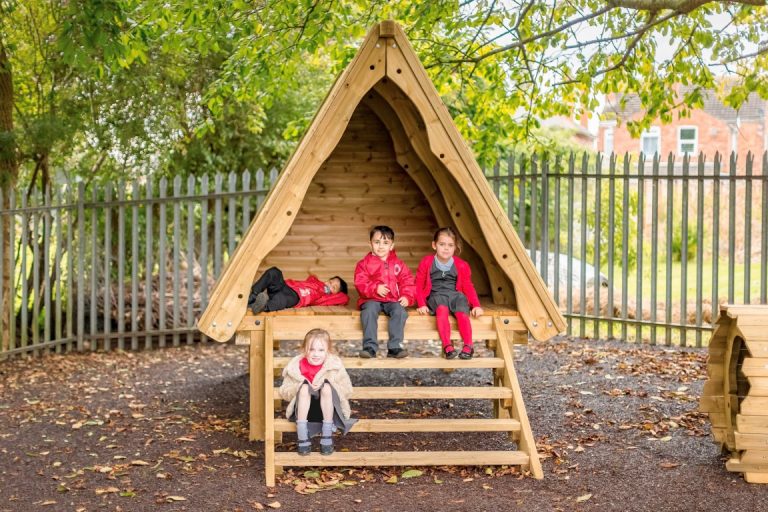
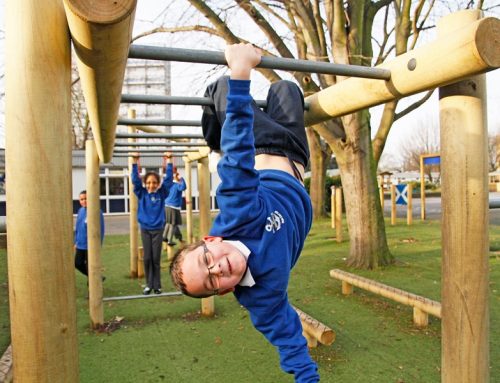
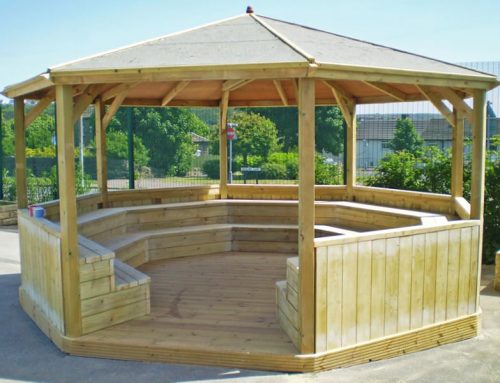
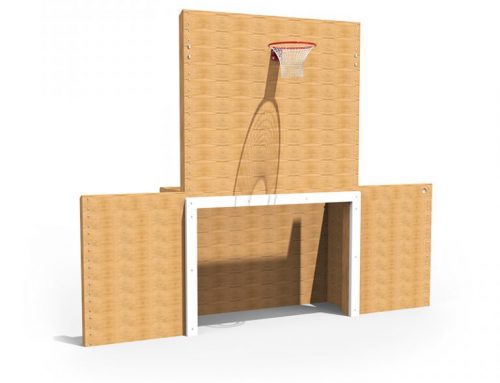

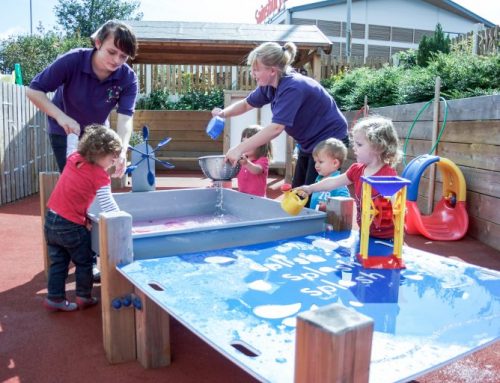
Leave A Comment